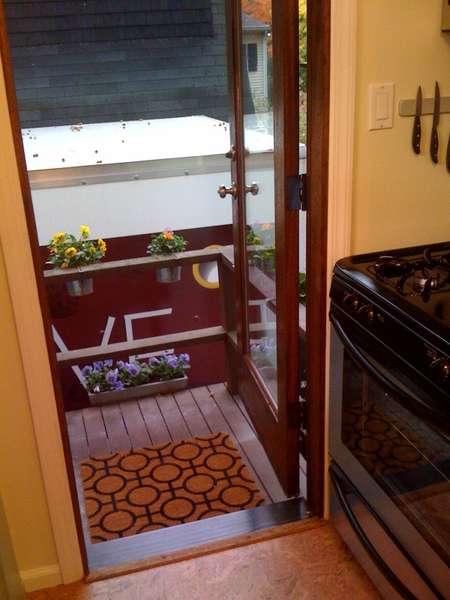
Carbon Monoxide, the leading cause of accidental poisonings in America, is a silent and deadly killer. According to the Center for Disease Control, there are 500 carbon monoxide fatalities and over 15,000 related ER visits each year. While these statistics are dire, the good news lies in the fact that carbon monoxide poisoning is preventable. It just takes a little vigilance on the home front.
Carbon monoxide is not an obvious poison, it’s not a gas that screams “look at me, look at me!” Instead, it’s a gas that is odorless, tasteless, and invisible. This makes it particularly treacherous: it may be in your house and you might have no idea.
Carbon monoxide can leak into your house through a variety of outlets; thus, avoiding certain hazards is key. Most commonly car exhaust, fire smoke, fumes from motor vehicles or motorboats, and non-electric heaters are the main sources of carbon monoxide. However, charcoal grills, indoor tractor pulls, gasoline-powered or propane-powered devices, cigarette smoke, kerosene heaters, spray paints and paint-related chemicals, and gas water heaters all can emit carbon dioxide fumes.
Whenever any of the above mentioned is utilized, the potential for carbon dioxide poisoning exists. However, there are certain things that leave you and your family at a greater risk. Barbequing indoors (or in an enclosed area), using electric generators, working inside with combustible fumes and gasses, or riding in the back of a pickup truck that has a shell all warrant a particularly high risk. Improper boating – such as poor boat ventilation, hanging around a boat that is running its engine, back-drafting at a high bow angle, or swimming near a boat that is running – is also very risky.
Carbon Monoxide poisoning, even if it’s perceived to be minor, should never be taken lightly: medical care must be sought. The symptoms of poisoning include trouble breathing, confusion, convulsion, dizziness, sleepiness, headaches, anxiety, fast heart rate, chest pain, shock, weakness in the muscles, vomiting, low blood pressure, coma, and unconsciousness. As soon as symptoms occur, a medical professional should be contacted. Because the symptoms of carbon monoxide poisoning are similar to the flu, it’s easy to write them off as such. However, similar symptoms in other members of the household – or in the household’s pets – are a telltale sign of poisoning.
Carbon Monoxide prevention may be one of the most important home improvement steps you ever take. To begin, anything that is a potential hazard should be elevated and possibly removed. Your water heater and your fireplace should be inspected regularly and kept free of debris such as bird nests. Other household appliances, including ovens and furnaces, should also be inspected to assure they are working properly, have open-air ducts, and have good ventilation. Cars or boat motors should never be started with the garage door down (even when the door is open, they should not be left running for a long period of time) and cars that are idling in traffic should be turned off to avoid exhaust. Barbequing and operating with gas-powered tools should never take place inside a house.
Finally, a carbon monoxide detector should be purchased and installed on all levels of your home. These are relatively cheap and can be purchased for thirty or forty dollars. These will monitor your home for elevated levels and alarm you if gas is present.
Posted in Home By


